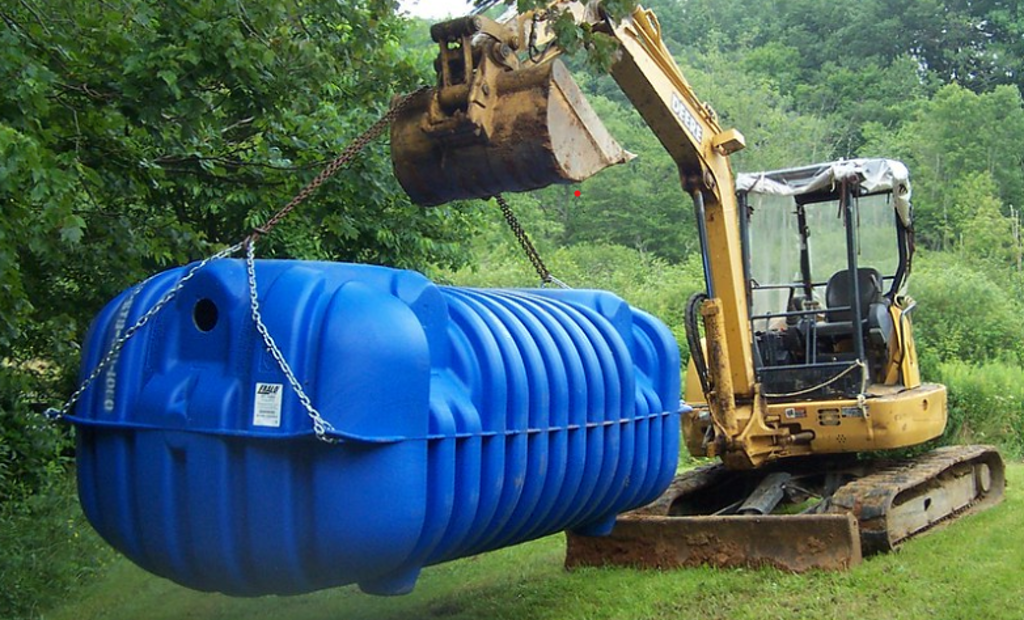Tiny houses are a popular topic of interest as the construction industry seeks additional affordable housing options across the U.S. Tiny homes can be constructed on site or offsite, and all should meet some basic standards. The basic standards vary from state to state, but some common requirements related to water use include:
- A potable drinking water source that includes hot water for hand-washing and showering
- A bathroom with a flushing toilet (Note: In some jurisdictions, a nonflush toilet such as a composting toilet/chemical toilet may be allowed, but this should be confirmed with the permitting authority)
- A kitchen sink
- A bathtub or shower
- Connection to a municipal wastewater treatment plant or legal septic system
- Many tiny homes do not include a washing machine, but this will need to be confirmed during system design
Often consumers think little treatment of graywater is needed, but in fact, graywater contains soap, hair, dirt, bacteria, food, grease and other household cleaning products that need to be treated. Graywater may contain elevated levels of chemicals and disease-causing microorganisms (pathogens), but the quality of graywater can vary greatly from location to location based on the contributing sources (e.g., laundry, showers and baths), the amounts and types of chemicals used or disposed there (e.g., detergents, bleach, solvents, cleansers and personal care products), and the health of the residents in the source area. Because pathogens are only excreted by infected individuals, the greater the number of people contributing to graywater, the greater the likelihood of the presence of a range of pathogens.
However, even in waste streams to which a small number of people contribute, when an infected individual is excreting pathogens, the concentration can be high because of the relative lack of dilution. Graywater contains all of the concerns present in normal sewage just at slightly lower levels. It is interesting that the kitchen sink waste is usually not combined with these graywater levels, as the organic loading, bacteria and virus levels are much higher from this source.
Everyday household activities generate numerous pollutants. Almost every commonly used domestic product — cleaners, cosmetics, deodorizers, disinfectants, pesticides, laundry products, paints, preservatives, soaps and medicines — contains pollutants that can contaminate groundwater and surface waters. Bathing, laundering, washing dishes and general cleaning are all activities that can include the use of chemicals that are present in products like disinfectants and soaps. Some of these products contribute significant quantities of pollutants to wastewater flows. For example, bathing, clothes washing and dishwashing contribute large amounts of sodium to wastewater. Research has shown that pharmaceuticals and personal care products contain natural byproducts (caffeine, estrogenlike compounds) and byproducts of processes used to treat or manufacture household items (fire retardants, plasticizers, etc.). There has been increasing concern regarding possible consequences of the release of these complex organic compounds to the environment from untreated wastewater.
If the toilet waste (blackwater) is not connected to the septic system, reuse of the treated graywater may be easier; but a compliant septic system that meets all local requirements and setbacks will be required.
When working with property owners or developers it is important that septic system professionals help these users understand that regardless of the size of the house, proper wastewater treatment must occur to project public health and the environment.
About the author: Sara Heger, Ph.D., is a researcher and educator in the Onsite Sewage Treatment Program in the Water Resources Center at the University of Minnesota, where she also earned her degrees in agricultural and biosystems engineering and water resource science. She presents at many local and national training events regarding the design, installation and management of septic systems and related research. Heger is the president elect of the National Onsite Wastewater Recycling Association, and she serves on the NSF International Committee on Wastewater Treatment Systems. Ask Heger questions about septic system design, installation, maintenance and operation by sending an email to kim.peterson@colepublishing.com.






